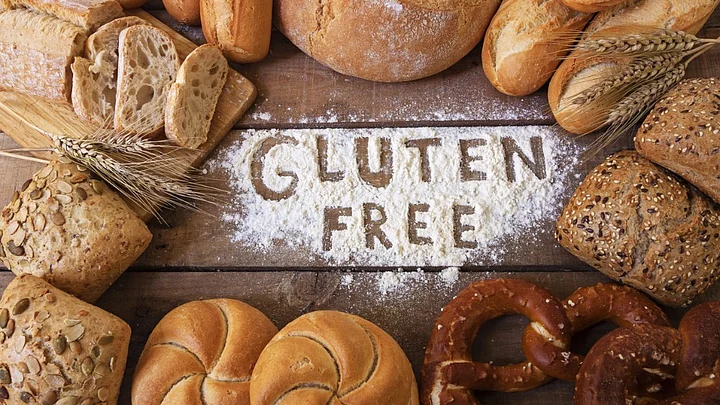What does celebrated tennis player Novak Djokovic have in common with about 8 million Indians? They’re all affected by gluten.
We may see gluten-free food as a fancy western concept but a large number of Indians have no choice but to go gluten-free. Experts say celiac disease is more common in India than is recognised, with about 6-8 million people affected.
It's an auto-immune disease that occurs due to consumption of gluten, a protein found in wheat and other grains like barley, rye and some oats. Besides gluten-free foods being a life-saving alternative for those with a diagnosed celiac condition, many also embrace the diet as a healthy lifestyle option. So, what is it all about?
Gluten-Free Doesn’t Necessarily Mean Healthy – What to Eat, What Not to Eat
Now for those with celiac and wheat allergy, gluten-free can be life saving. But following gluten-free fad diets blindly is NOT healthy for those who don’t have any gluten-related problems!
Dr Ishi Khosla, Clinical Nutritionist and Founder-President of Celiac Society of India, gives us tips on how to have a healthy gluten-free diet.
Not to Eat
- Ready-made gluten-free food in stores should be consumed with caution.
- Gluten-free maida or the various products from the industry are high in starch, sugar, additives, which is not at all healthy.
- Having them occasionally is okay but not in daily meals.
To Eat
For those who must take gluten-free diet, it’s important that you find healthy alternatives.
- Cereals like bajra and jawar are better than packaged mixed atta of the gluten-free variety.
- Have alternate grains like ragi, vegetables, milk, rice, pulses, pulse flours, nuts, nut flour, seeds, meats and eggs.
- Grains should be like an on and off thing. Otherwise over-consumption of anything can cause intolerance of that food.
It all comes down to having a balanced diet and not following fads blindly. Even if you aren’t gluten intolerant right now, it’s better to take precautions because it can develop over time as a result of excessive consumption.
Celiac Disease and Other Gluten-Related Problems
Gluten-related problems are typically of three types – celiac disease, non-celiac gluten sensitivity, and wheat allergy. The first two have very similar symptoms.
Bloating, diarrhea, nausea, constipation, tiredness, anaemia, mouth ulcers, headache, sudden or expected weight loss, hair loss, skin rash, osteoporosis and joint/bone pains are all symptoms of celiac disease.
Dr Ishi Khosla, says:
Gluten sensitivity and celiac disease is not well understood by people here. It isn’t being diagnosed in most cases because of lack of awareness, and hence is taken as a rare condition, but is highly prevalent.
Wheat allergy and celiac disease are two different conditions. Celiac disease is only confirmed when both blood tests and biopsy are positive. If they are negative and you feel better without eating wheat or gluten, you are likely to be wheat intolerant and not celiac.
Excessive Wheat Consumption a Problem?
In the 17th International Celiac Disease Symposium (ICDS 2017), which was held in Delhi in September, Chris Mulder, Professor in Gastroenterology and Head of the Department, VU Medical Center, Amsterdam, said:
Wheat consumption, particularly in northern India, is huge. Compared to 25 g in Western Europe and about 17 g in countries like Italy, India consumes about 30-40 g of wheat daily. This could be a possible reason for the higher incidence of Celiac Disease in India.
Dr Khosla explains that “wheat is hard for people with celiac. The way wheat is grown has been modified considerably over the years after the methods of agriculture changed in the green revolution.”
So, is it time we look at including other grains in our meals as well rather than just eating wheat all day?
(At The Quint, we question everything. Play an active role in shaping our journalism by becoming a member today.)
